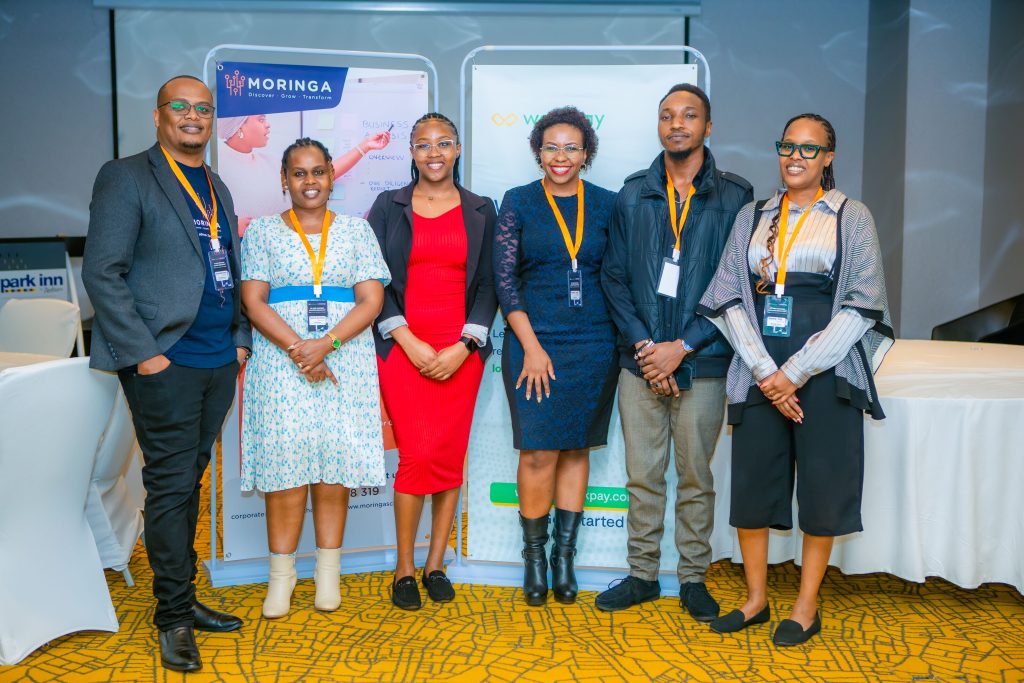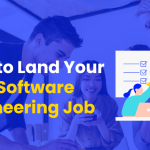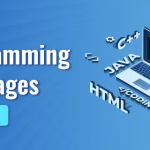
According to McKinsey’s 2025 report, “Superagency in the Workplace,” employees are more prepared for AI integration than their leaders realize. The study found that employees are three times more likely than leaders to believe that AI will replace 30% of their work in the next year and are eager to gain AI skills.
However, only 1% of leaders report that their organizations have achieved maturity in AI adoption, indicating a significant leadership gap in steering AI integration effectively. This underscores the need for proactive leadership to bridge the AI readiness gap and fully harness the technology’s potential.
At a recent event in Nairobi, hosted by Moringa and Workpay, the message was clear: the AI revolution is here, but most companies are still figuring out how to catch up. Paul Kimani, the CEO of Workpay, challenged HR Business Leaders to rethink how they conduct the hiring process in their organizations. Imagine having to sift through 5,000 CVs for one role. Exhausting, right?
Here’s our take on the AI skills gap and key takeaways from the event that can help your business catch up.
The AI Hype Is Real, But So Is the Skills Deficit
From generative AI like ChatGPT, Gemini, and Co pilot to Agentic AI on website chatbots or call centres to automated hiring tools and predictive analytics, AI is already transforming how work gets done. However, tools alone are not the solution; organizations need leaders who understand their strategic value and employees equipped to use them effectively.
A 2024 Randstad report found that only 35% of employees received any AI training in the past year, even though 75% of companies have adopted AI technologies. This gap between access and ability is exactly why many businesses aren’t seeing ROI on their tech investments.
Structured training is the bridge. Organizations that build internal capacity stand apart. The key is to start with foundational literacy, then scale up to role-specific, hands-on learning that drives real impact

AI Isn’t Just for Tech Teams – Train Across Teams
While the evolution of AI is within data science or engineering teams, its application cuts across various departments within an organization. It’s now part of recruitment, finance, customer service, marketing, and beyond.
To scale AI effectively across the organization, businesses need to map out AI use cases in every department and deliver relevant, contextual training. Wondering how to get started? Here are some practical tips.
- Assess each department’s workflows and data readiness to spot where AI can deliver the most value.
- Identify High-Impact use cases that support strategic goals and deliver measurable ROI in core functions like HR, Finance, Marketing, and Customer Service.
- Prioritize AI use cases based on impact and feasibility, then develop a cross-functional implementation plan with stakeholder buy-in and clear success metrics to ensure effective execution.
You can use this free AI use case template from CIOB to get started: CIOB AI Use Case Template
AI Fear and Resistance: Making Upskilling a Strategic Priority
Many employees still view AI as a threat, which creates fear and resistance that slow down adoption. However, McKinsey’s research we just highlighted, shows that employees are ready to embrace AI; they just need reassurance and understanding. To overcome this, companies should run AI literacy workshops that debunk myths and emphasize how AI augments roles rather than replaces them.
Encouraging a “learn-and-try” culture where employees can safely experiment with AI tools, supported by leadership buy-in and peer learning, to help shift mindsets. Forward-looking organizations are already moving beyond hiring new talent by making AI upskilling a strategic priority. They set clear goals for AI fluency across functions and partner with expert training providers like Moringa to develop customized learning paths that align with business outcomes.
Treating AI capability building as a core business objective, not just an L&D side project, is the key to catching up and staying competitive.

AI Adoption Starts with Leadership; Here’s How We Help
At Moringa, we believe successful AI adoption begins with leadership. That’s why we partner with forward-thinking organizations to equip senior leaders with the strategic insight and confidence to drive AI transformation across their businesses.
Our flagship AI for Senior Managers course is designed for C-level executives, senior managers, and department heads who want to lead effectively in an AI-powered world with no technical background required.
Through case studies, real-world tools, and hands-on workshops, this practical, high-impact program helps leaders learn to:
- Understand AI’s real business applications
- Spot opportunities and design integration strategies
- Guide ethical and effective implementation
- Align AI efforts across departments
Delivered part-time and available in-person, hybrid, or virtual, this course is the launchpad for AI-ready leadership.
Talk to our team to enroll your leadership team or schedule a discovery session. Together, let’s build the AI-ready leadership your organization needs.











